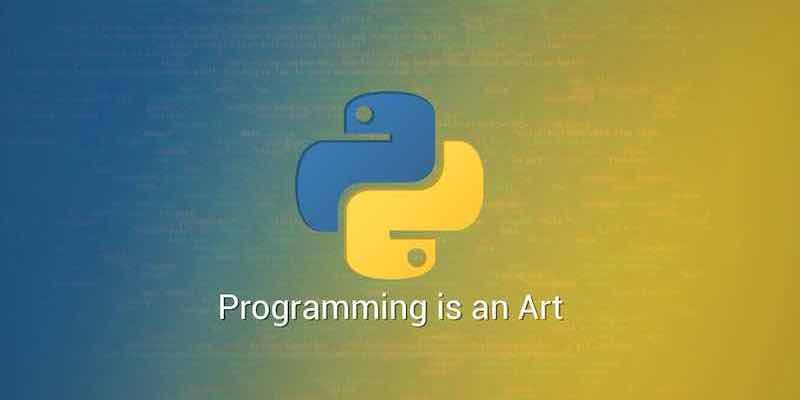Unveiling the World of Python Syntax

Python, known for its readability and efficiency, is one of today’s most popular programming languages. Whether you are embarking on a journey to learn programming or are an experienced developer looking to add Python to your skill set, understanding its syntax is a crucial step.
Python’s syntax emphasizes readability, which reduces the cost of program maintenance. It supports multiple programming paradigms, including procedural, object-oriented, and functional programming. The language’s core philosophy is summarized in the document “PEP 20 (The Zen of Python)”, which includes aphorisms such as “Readability counts” and “Simple is better than complex.”
Let’s delve into some essential aspects of Python syntax.
1. Indentation
Python uses whitespace (indentation) to define code blocks. This means that how you arrange your code matters greatly in Python.
if 5 > 2:
print("Five is greater than two!")In this snippet, the print function is nested within the if block, which is indicated by the indentation.
2. Variables and Data Types
Variables in Python do not need explicit declaration to reserve memory space. The word happens automatically when you assign a value to a variable.
x = 5 # x is of type int
y = "John" # y is of type str3. Comments
Comments in Python start with the hash character, #, and extend to the end of the physical line.
# This is a comment
print("Hello, World!") # This is also a comment4. Functions
In Python, a function is a group of related statements that perform a specific task. Functions help to break our program into smaller and modular chunks, making the code more organized and manageable.
def greet(name):
"""
This function greets the person passed into the parameter
"""
print("Hello, " + name)
greet("John")5. Loops
Python has two primitive loop commands, for loops and while loops.
# For loop
for x in range(6):
print(x)
# While loop
y = 0
while y < 6:
print(y)
y += 16. Conditional Statements
Conditional statements in Python are used to execute a block of code if, and only if, a condition is proper.
a = 33
b = 200
if b > a:
print("b is greater than a")7. Classes and Objects
Python is an object-oriented language. It allows us to define classes, create objects, and work with inheritance and polymorphism. Here’s a simple class definition and object creation:
class Person:
def __init__(self, name, age):
self.name = name
self.age = age
def greet(self):
print(f"Hello, my name is {self.name} and I am {self.age} years old.")
# Creating an object of the Person class
p1 = Person("John", 36)
p1.greet()Python’s syntax is one of the reasons for its massive popularity, as it allows for rapid development and easier maintenance compared to many other programming languages. This article provided an overview of Python’s basic syntax with illustrative code examples. By understanding these basics, you can delve deeper into Python programming, exploring more complex concepts and building robust applications.